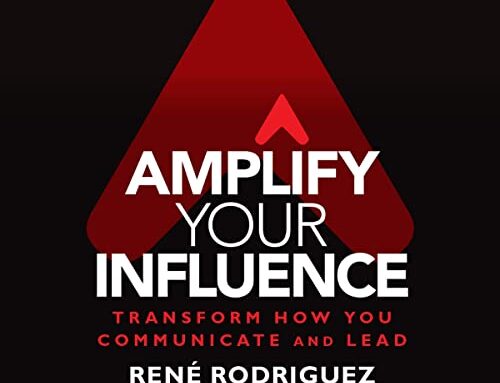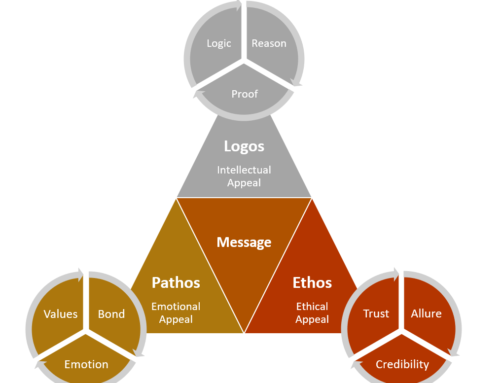
Getting Things Done
The “Bigger Picture” Reviews
Yes, at some point you must clarify the larger outcomes, the long-term goals, the visions and principles that ultimately drive, test, and prioritize your decisions. What are your key goals and objectives in your work? What should you have in place a year or three years from now? How is your career going?
You need to assess your life and work at the appropriate horizons, making the appropriate decisions, at the appropriate intervals, in order to really come clean. That’s a lifelong invitation and obligation to yourself, to fulfill whatever your unfinished destiny or intentionality happens to be.
Experience has shown that executives don’t spend enough time with long-term vision planning. More often than not, it’s because everyone is so buys getting through the Thing-I-Have-To-Do-Now. By following the GTD methodology, you can create that strategic planning time.
Engaging: Making the Best Action Choices
Trust your heart. Or your spirit. Or, if you’re allergic to those kinds of words, try these: your gut, the seat of your pants, your liver, your intuition—whatever works for you as a reference point that has you step back and access whatever you consider the source of your inner wisdom.
That doesn’t mean you throw your life to the winds—
I have found three priority frameworks to be enormously helpful in the context of deciding actions:
- The four-criteria model for choosing actions in the moment
- The threefold model for evaluating daily work
- The six-level model for reviewing your own work
The Four-Criteria Model for Choosing Actions in the Moment
Remember that you make your action choices based on the following four criteria, in order:
- Context: At any point in time, the first thing to consider is, what could you possibly do, where you are, with the tools you have? If you can’t do the action because you’re not in the appropriate location or don’t have the appropriate tools, don’t worry about it.
- Your action lists should fold in or out, based on what you could possibly do at any time.
- I frequently encourage people I’m working with to structure their list categories early on as they’re processing their in-trays, because that automatically grounds their projects in the real things that need to get done to get them moving.
- Creative Context Sorting: As you begin to implement this methodology consistently, you will invariably find inventive ways to tailor your own contextual categories to fit your situation.
- Time available : Do the items that fit into the time you have available right-now
- Energy available: I recommend that you always keep an inventory of things that need to be done that require very little mental or creative horsepower. When you’re in one of those low-energy states, do those things. Casual reading (magazines, articles, catalogs, Web surfing), contact data that needs to be inputted, file purging, backing up your computer, even just watering your plants and filling your stapler—these are some of the myriad things that you need or want to deal with sometime anyway.
This is one of the best reasons for having very clean edges to your personal management system: it makes it easy to continue doing productive activity when you’re not in top form. If you’re in a low-energy mode and your reading material is disorganized, your receipts are all over the place, your filing system is chaotic, and your in-tray is dysfunctional, it just seems like too much work to find and organize the tasks at hand, so you simply avoid doing anything at all and then you feel even worse. One of the best ways to increase your energy is to close some of your loops. So always be sure to have some easy loops to close, right at hand.
- Priority: At any point in time, you’ll be engaged in one of three types of activities:
- Doing predefined work
- Doing work as it shows up
- Defining your work
Many people let themselves get sucked into the second activity—dealing with unplanned and unexpected things that show up—much too easily, and let the other two slide, to their detriment.
If you let yourself get caught up in the urgency of the moment, without feeling comfortable about what you’re not dealing with, the result is frustration and anxiety. Too often the stress and reduced effectiveness are blamed on the surprises. If you know what you’re doing and what you’re not doing, surprises are just another opportunity to be flexible and creative, and to excel.
Another reason people consider unexpected demands or requests negative is because they don’t trust their own system and behaviors to be able to put a “bookmark” on any resulting action that needs to be taken, or on the work they’re doing at the moment. They know they need do something about the new work that just showed up, but they don’t trust that a simple note in their own in-tray will ensure it is handled with proper timing.
Research has now proven that you can’t actually multitask, i.e.put conscious focused attention on more than one thing at a time; and if you are trying to, it denigrates your performance considerably. You are really just doing 2 things poorly – slightly quicker.
If you have established practices for parking still-incomplete items midstream, however, your focus can shift cleanly from one to the next and back again, with the precision of a martial artist who appears to fight four people at once, but who in reality is simply rapidly shifting attention.
Your ability to deal with surprise is your competitive edge, and a key to sanity and sustainability in your lifestyle.


